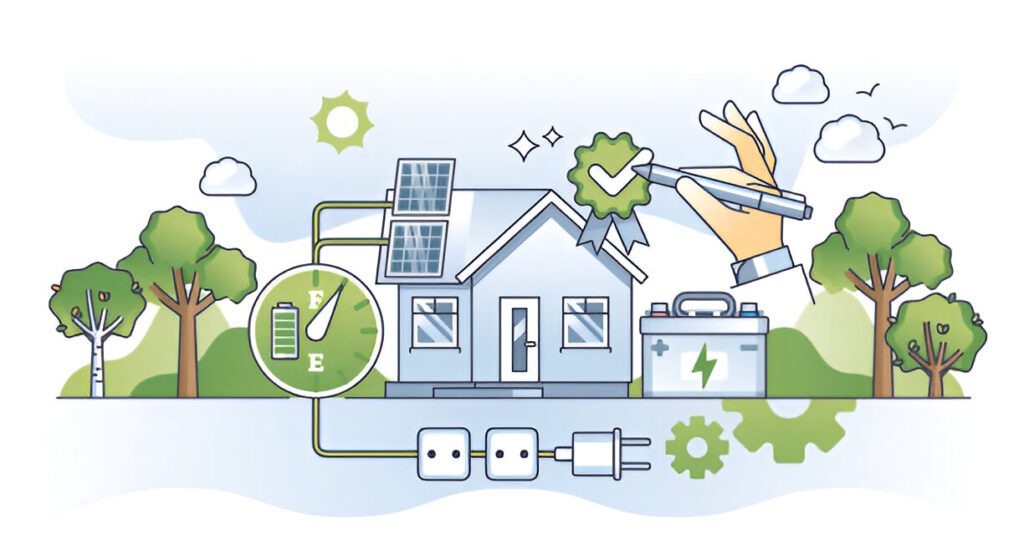In today’s world, many people are looking for ways to save energy and use renewable sources. One great Setting Up a Home Energy Storage System! This system lets you store energy from sources like solar panels so you can use it when you need it. Let’s explore what you need to know to set up your own home energy storage system.
What is a Home Energy Storage System?
A home energy storage system is like a big battery that stores energy. It collects electricity from sources like solar panels or the grid (the main power supply) and keeps it for later use. This means you can have power when the sun isn’t shining or during a power outage.
Why Should You Consider It?
1. Save Money
One of the biggest reasons to set up an energy storage system is to save money on your electricity bills. When you store energy during the day, especially from solar panels, you can use that energy later instead of buying electricity from the grid, which can be more expensive.
2. Be Prepared for Outages
Power outages can happen for many reasons, like storms or maintenance work. With an energy storage system, you can have backup power. This means you can keep your lights on, run your refrigerator, and stay comfortable even when the grid goes down.
3. Use Renewable Energy
If you have solar panels, an energy storage system allows you to use the solar energy you collect more effectively. Instead of sending unused energy back to the grid, you can store it and use it when you need it. This helps you rely less on fossil fuels and supports a cleaner environment.
Steps to Set Up Your Home Energy Storage System
1. Evaluate Your Energy Needs
Start by looking at how much energy you use in your home. Check your electricity bills to see your average usage. This will help you determine how large your energy storage system needs to be.
2. Choose the Right Storage System
There are different types of energy storage systems available. The most common are lithium-ion batteries, which are efficient and long-lasting. Research different brands and models to find one that fits your needs and budget.
3. Install Solar Panels (Optional)
If you want to store solar energy, you’ll need solar panels. You can install them on your roof or in your yard. Make sure they are positioned to get plenty of sunlight throughout the day.
4. Hire a Professional
Setting up an energy storage system can be complex. It’s a good idea to hire a professional to help with the installation. They can ensure everything is done safely and correctly, so you get the most out of your system.
5. Monitor Your System
After your system is set up, keep an eye on it. Many systems come with apps or monitors that show how much energy you’re storing and using. This helps you understand your energy consumption and make adjustments if needed.
Conclusion
Setting up a home energy storage system can be a smart investment. It allows you to save money, prepare for power outages, and use renewable energy efficiently. By evaluating your energy needs, choosing the right system, and possibly adding solar panels, you can create a reliable energy solution for your home. So, why not consider making your home more energy-efficient and environmentally friendly? Your future self will thank you!

